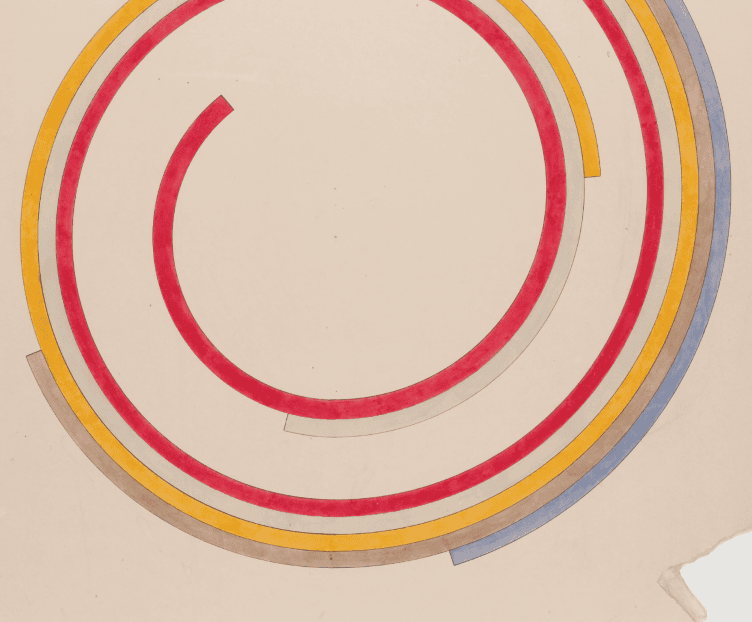About the Briefing
This handout was created for the AHA’s October 23, 2017, Congressional Briefing, on the history of Confederate monuments. Panelists David W. Blight (Yale Univ.), Karen L. Cox (UNC-Charlotte), and Gaines M. Foster (Louisiana State Univ.) discussed the historical context in which Civil War monuments were constructed and imbued with meaning, and their relationship to American historical memory. James Grossman (AHA) moderated the discussion.
A recording of the briefing is available to watch on C-SPAN.
The “Lost Cause”
Understanding the social purpose of Confederate monuments begins by understanding the reasons the South fought the Civil War –above all, to create an independent, slave-holding republic
Confederate monuments were intended to perpetuate the white South’s interpretation of the Civil War, which came to be known as the Lost Cause.
- The Lost Cause was an organized movement to deny that secession or slavery had been wrong and to defend the white southerner’s sense of honor and vindicate their actions
- The primary and interrelated purposes of Confederate monuments were to:
- Honor Confederate soldiers
- Recognize their service and affirm their honor and manhood
- Vindicate the white South
- Symbolize that the white South had acted nobly and honorably
- Celebrate the Confederate cause as right and just
- Promote a rigid, fixed racial and social order
- Honor Confederate soldiers
United Daughters of the Confederacy
The vast majority of Confederate monuments were built by the United Daughters of the Confederacy (UDC)
- Most were erected between 1894 and World War I, during the height of UDC influence as an organization
- UDC efforts to build monuments were part of a broad agenda to vindicate their Confederate ancestors, in some cases their fathers and grandfathers, for their wartime losses
- The UDC sought to ensure that the principles for which they went to war, namely states rights and the preservation of the system of slavery, would be preserved and perpetuated by future generations of white southerners
Confederate monuments in the U.S. Capitol’s Statuary Hall
- The National Statuary Hall Collection is comprised of 100 statues, two from each state, that honor persons notable in those states’ history
- Twelve of the statues memorialize individuals who either fought for the Confederacy or were active in Confederate politics
- Confederate monuments placed in Statuary Hall by southern states is a result of alliance between UDC and lawmakers
Participant Biographies
David W. Blight is Class of 1954 Professor of American History and Director of the Gilder Lehrman Center for the Study of Slavery, Resistance, and Abolition at Yale University. Blight is the author of American Oracle: The Civil War in the Civil Rights Era (2011), which received the 2012 Anisfield-Wolf Award for best book in non-fiction on racism and human diversity, and Race and Reunion: The Civil War in American Memory (2001), which received numerous awards, including the Bancroft Prize, the Frederick Douglass Prize, and the Merle Curti Prize. Blight is a frequent book reviewer for the New York Times, the Chicago Tribune, the Los Angeles Times, and other newspapers.
Karen L. Cox is Professor of History at the University of North Carolina at Charlotte and the founding director of the graduate public history program. She is the author of Dixie’s Daughters: The United Daughters of the Confederacy and the Preservation of Confederate Culture (2003), which won the 2004 Julia Cherry Spruill Prize from the Southern Association for Women Historians and the edited volume Destination Dixie: Tourism and Southern History (2012), which won the 2013 Allen G. Noble Award from the Pioneer America Society. She has just completed a third book, Goat Castle: A True Story of Murder, Race, and the Gothic South set in 1930s Natchez, Mississippi. Dr. Cox is an OAH Distinguished Lecturer.
Gaines M. Foster is LSU Foundation M.J. Foster Professor of History at Louisiana State University. He received his BA from Wofford College, and his MA and Ph.D. from the University of North Carolina-Chapel Hill. His works include Moral Reconstruction: Christian Lobbyists and the Federal Legislation of Morality, 1865-1920 (2002), Ghosts of the Confederacy: Defeat, the Lost Cause, and the Emergence of the New South, 1865-1913 (1987), and The Demands of Humanity: Army Medical Disaster Relief (1983).
Related Resources

December 23, 2025
History of Federal Science Funding

October 29, 2025
